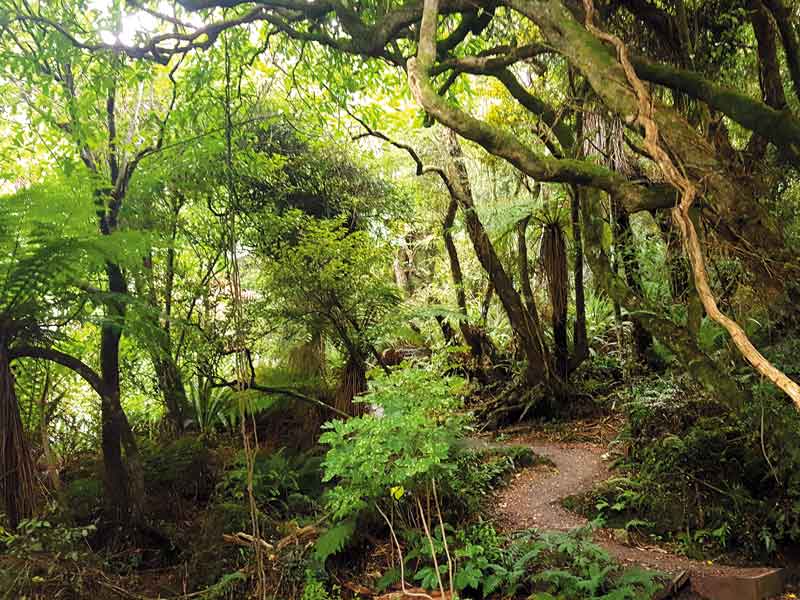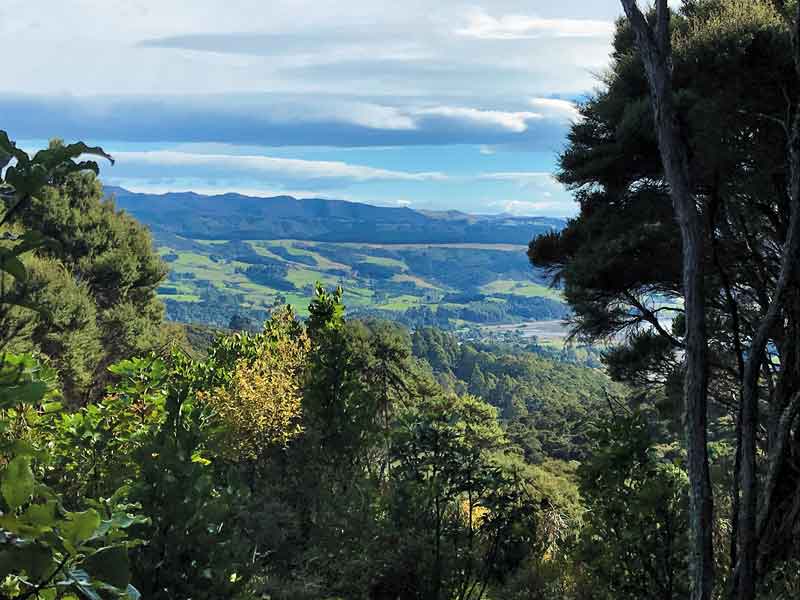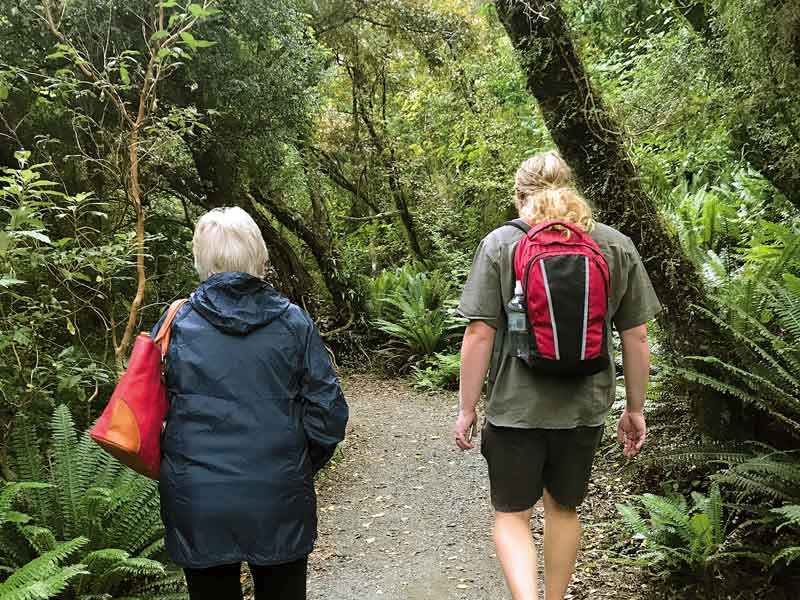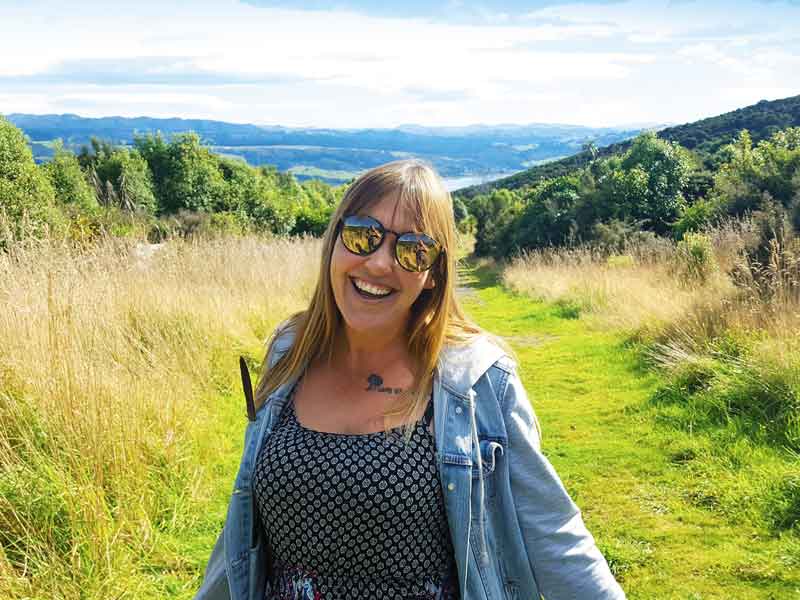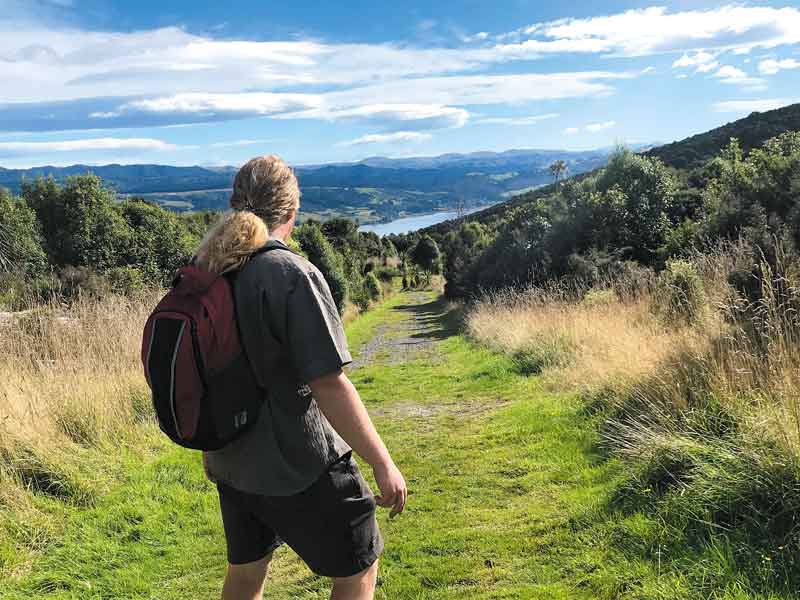In fact, it’s so well hidden that even many locals don’t know about it. But after visiting the ecosanctuary, we would put it right at the top of the ‘must-see’ list.
It is quite possibly as close as you can get to paradise on Earth. The Orokonui Ecosanctuary was founded in 2007 and comprises 307 hectares of highly protected habitat.
Over the years, it has successfully removed 13 harmful pest species, such as stoats, feral cats, rodents, and possums to enable endangered birds, animals, and plants to thrive and flourish. Much effort and consideration have been put into creating a variety of tracks suitable for all ages and capabilities so that everyone can enjoy a close-up encounter with nature.
For my 75-year-old mother, the ecosanctuary was a real joy, as she was able to explore the pristine tracks at her own pace and get just as close to the wildlife as everyone else.
The forest boasts native trees up to 500 years old and is home to flora and fauna rarely seen elsewhere in the South Island. Here you will also find the tallest tree in New Zealand—an 82-metre flowering eucalyptus.
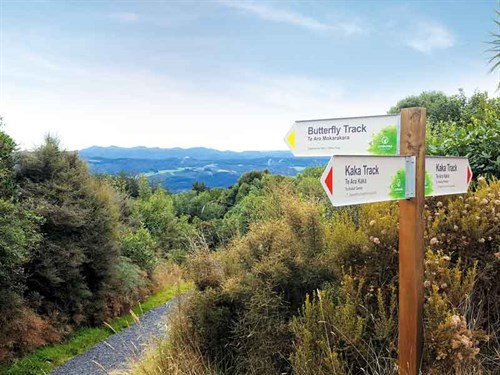
The first thing you notice upon entering the ecosanctuary is the constant birdsong from tui, bellbirds, kereru, fantails and, to our delight, kaka. None of us had ever heard such a divine orchestra before.
Our favourite walk was the Tui Track, which, as the name suggests, is frequented by many of these beautiful and comical characters. While we used to enjoy many tuis in our garden at home, we had never encountered such large numbers before.
It was wonderful to be able to get so close to them in their natural habitat. The ecosanctuary has also proven to be a safe place for takahe to survive and breed, and a family of these rare, large flightless birds can be seen every day at their 11am feeding time.
Other creatures not normally seen (and in some cases not even known about) that can live in safety here include the stunning green jewelled gecko, the Otago skink, and the tuatara, all of which can be viewed up close.
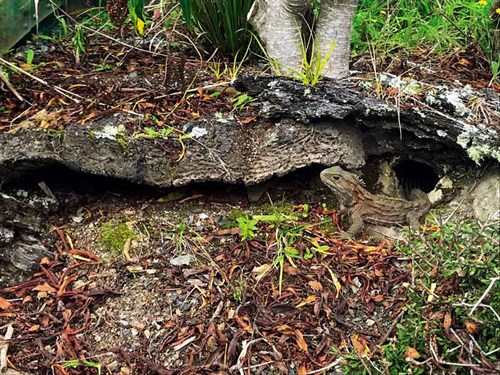
When people think of ‘endangered species’, you tend to think of animals and birds. However, plants need protection, too. Thanks to the efforts of staff and volunteers, the forest is thriving, flowering, and fruiting prolifically with a wonderful variety of fungi, lichen, and wild orchids. By chance, we happened to visit when the Easter orchid was in flower, sending out its gorgeous perfume far beyond its corner of the forest.
Quite simply, the Orokonui Ecosanctuary has to be seen to be believed. It is a magical place and was the absolute highlight of our recent trip to Dunedin. Walk it yourself at your leisure or take a guided tour but one thing is for certain—you’ll be glad you came. In fact, like us, you probably wouldn’t want to leave.
Win tickets to visit Orokonui Ecosanctuary
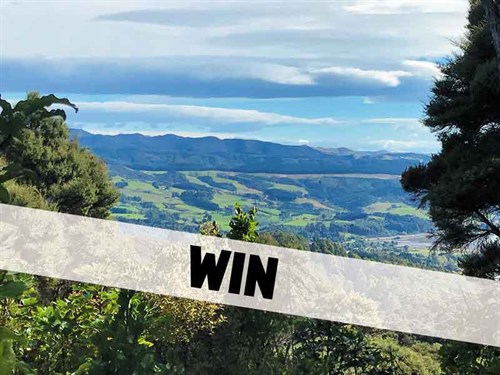
Orokonui Ecosanctuary has kindly provided us with two family passes to give away. We’ll ask our lucky winner to provide a short review of their experience, which will be published in a later issue of Motorhomes, Caravans and Destinations magazine.
CLICK HERE TO ENTER THE COMPETITION
This competition ends on the 1 June 2018.
For more information, visit orokonui.co.nz.

